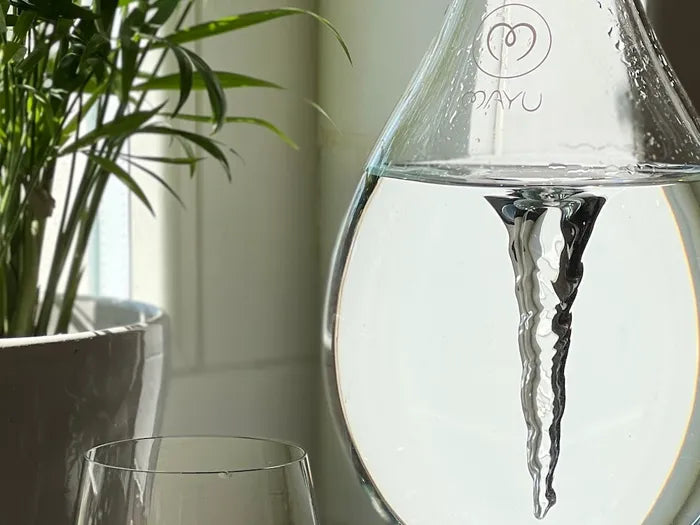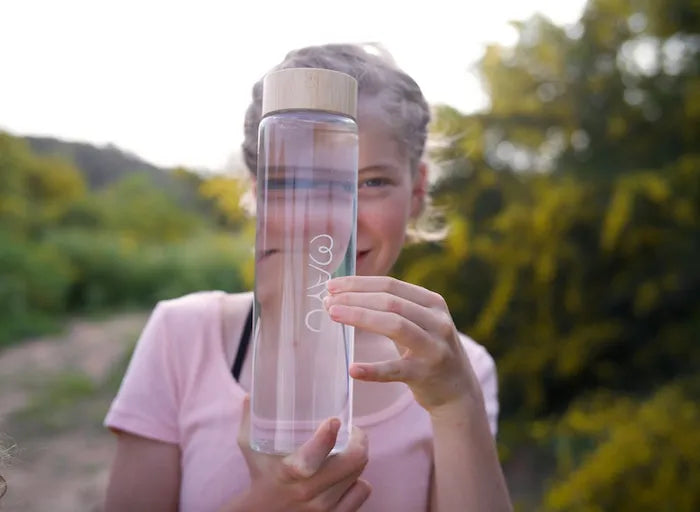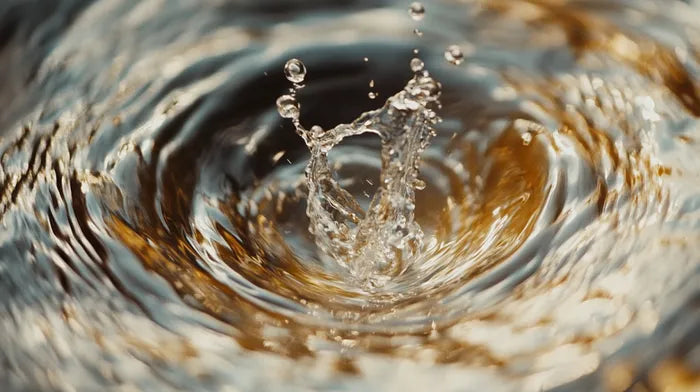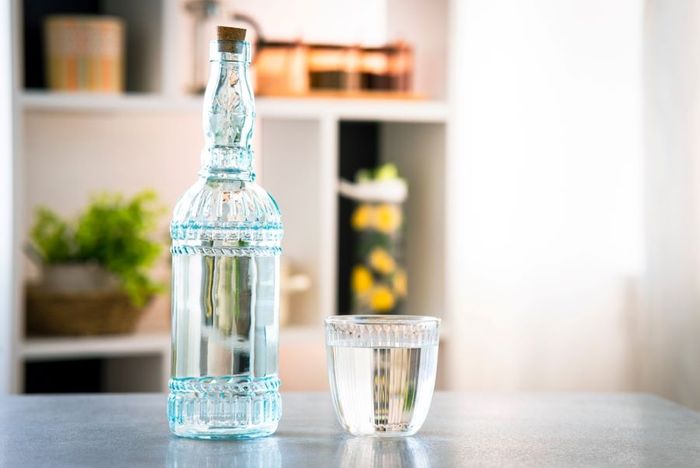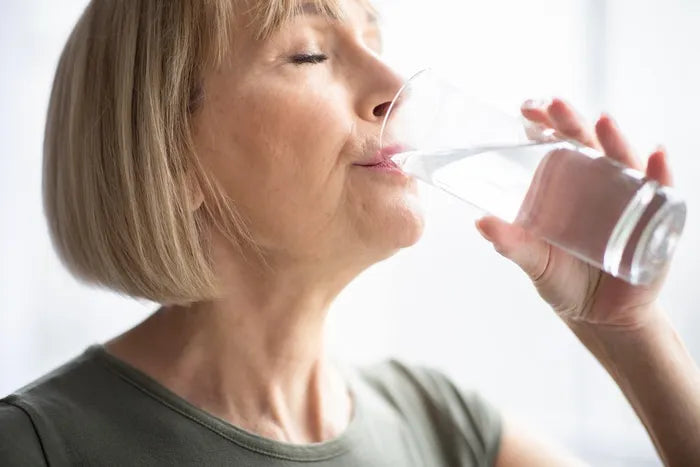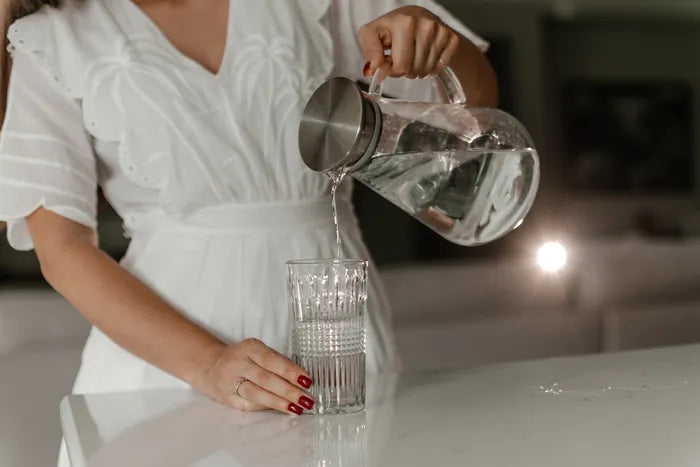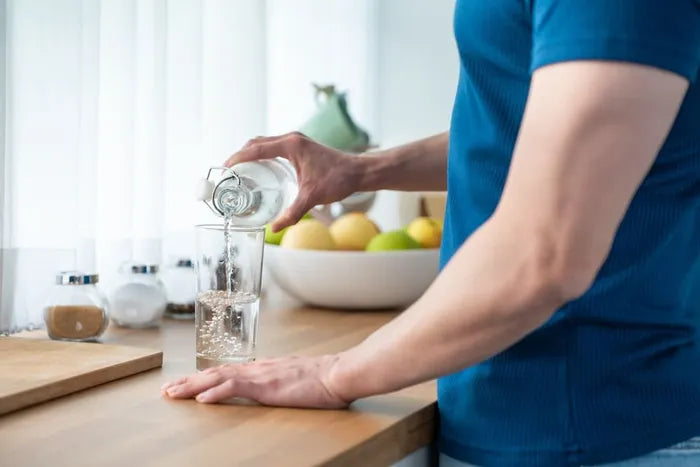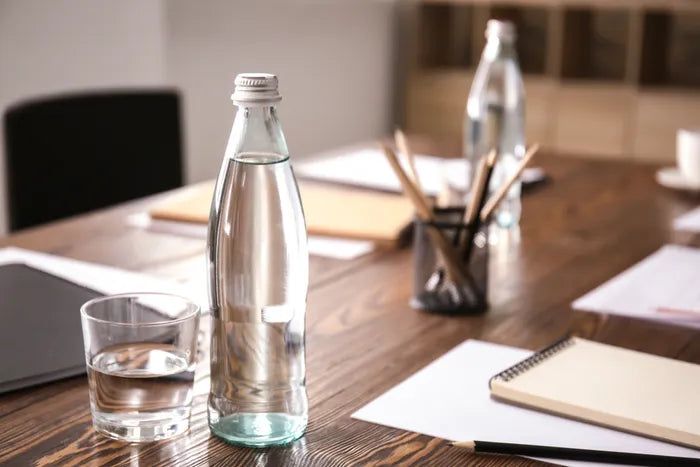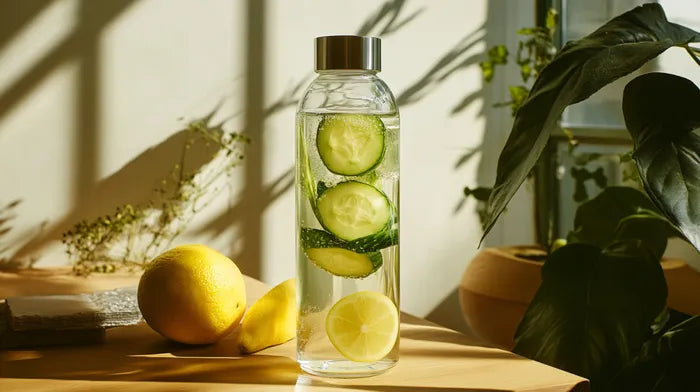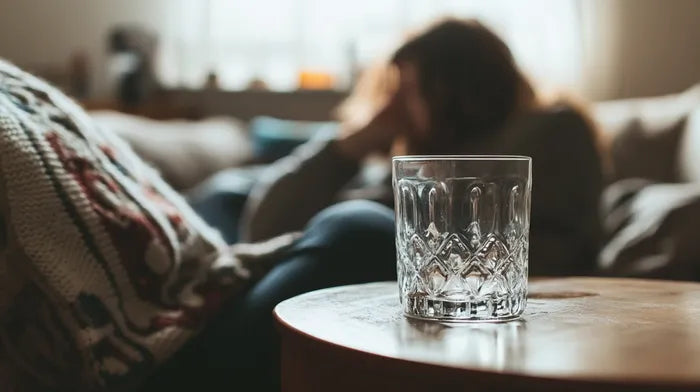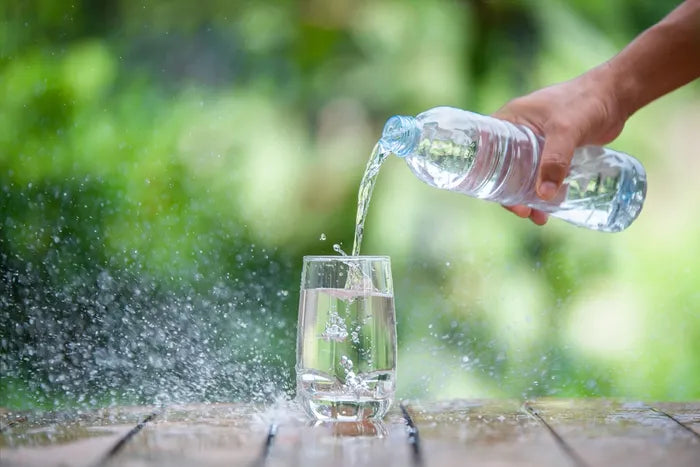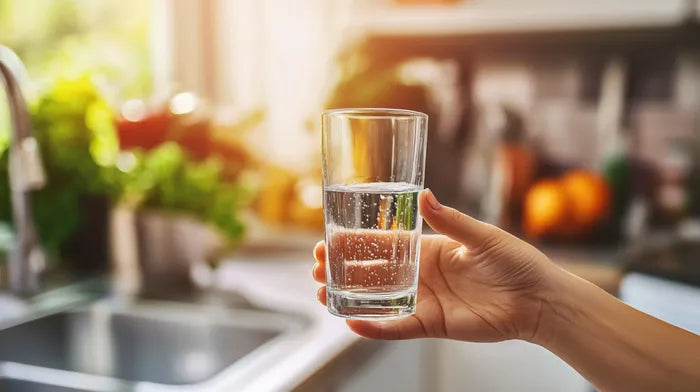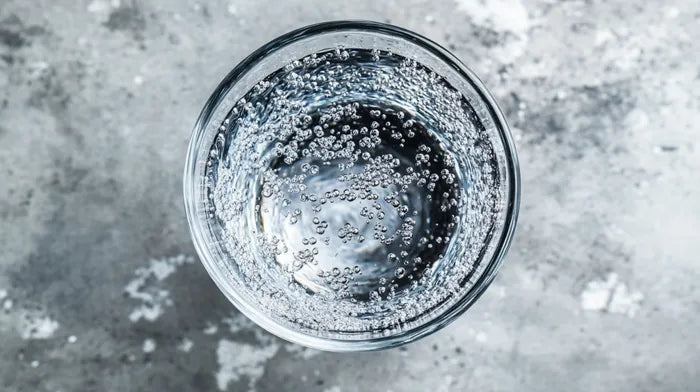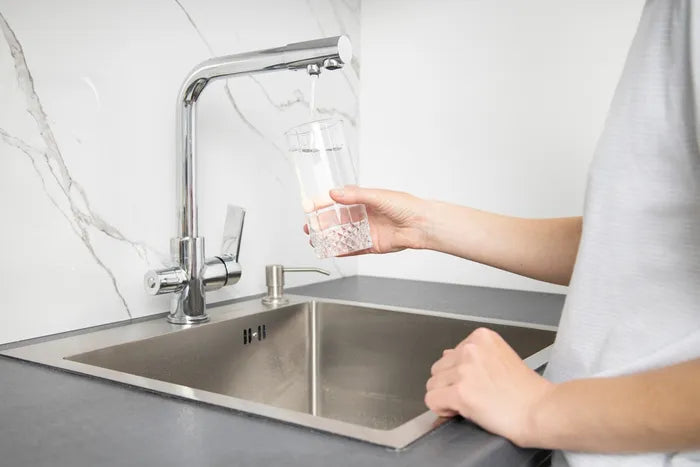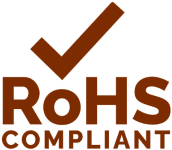Dechlorination: 4 Ways Remove Chlorine From Your Tap Water
Updated February 24, 2025

Chlorine is a widely used disinfectant chemical in water treatment plants to kill harmful pathogens and bacteria in drinking water. While chlorine serves an important purpose, it can also have negative effects on human health and the environment. As a result, many people wonder how to get chlorine out of water.
Safe chlorine levels in drinking water are typically measured in parts per million (ppm), and guidelines vary depending on the country and regulatory agency. Here are four ways to reduce the level of chlorine in your water.
Is Chlorine Dangerous?
Chlorine is generally not dangerous at the levels typically used by water treatment systems, especially when mixed with other elements. In fact, chlorine plays an important role in preventing the spread of waterborne diseases and ensuring that our drinking water is safe to consume.
However, excessive exposure to higher-than-normal levels of chlorine can lead to unpleasant tastes and odors, skin irritation, and respiratory problems. Therefore, it is important to balance the benefits of chlorine disinfection with the potential risks and to ensure that drinking water systems are properly regulated and monitored to maintain safe chlorine levels.
How to Test if There Is Chlorine in Your Tap Water
Test strips are a convenient and affordable way to test the presence of chlorine in your drinking water. These strips are typically made of paper or plastic and contain a chemical reagent that reacts with chlorine and causes the strip to change color.
To use these test strips, simply dip the strip into a glass of drinking water for a few seconds and then compare the resulting color to a chart provided with the strips. The color on the chart corresponds to a specific level of chlorine concentration in parts per million (ppm). Chlorine test strips can be purchased from any pool shop or local grocery store.
How to Measure the Amount of Chlorine in Water
Chlorine test strips can tell you the chlorine level in your tap water, but understanding these results can be tricky.
The level of chlorine is measured in parts per million (PPM). The optimal concentration of chlorine in drinking water is between 0.2 PPM and 4 PPM. Anything over 4 PPM can cause negative health effects.
After dipping the strip into a glass of water, you need to interpret the test strip results:
- 0 PPM: Not optimal - This means the water has not been disinfected and could contain bacteria and viruses.
- 0.5 PPM: Optimal - This level ensures that the water will remain bacteria-free, even if new bacteria are introduced.
- 1 PPM: Good - This level ensures that water will remain bacteria-free, even if new bacteria are introduced.
- 2 PPM: Not optimal - This level means that the water will have an unpleasant taste and odor.
- More than 2 PPM: Dangerous - While chlorine water is not considered dangerous until it reaches over 4 PPM, water with a level of 2 PPM and above will taste and smell like chemicals. Long-term consumption could have negative health effects.
How to Get Chlorine Out of Water
There are several methods of removing chlorine from your tap water, each with its own benefits and drawbacks.
Boiling Your Water
Boiling tap water is an easy and effective way to remove chlorine. When the water is boiled, the chlorine in the water is converted into a gas and evaporates. This process is quick and simple and can be done using your basic kitchen equipment. Remember to boil your water for at least 15 minutes.
Reverse Osmosis
Reverse osmosis is an effective method for removing chlorine and other potentially harmful contaminants from your tap water. This process uses a semi-permeable membrane to filter out impurities and remove chlorine molecules from the water. Reverse osmosis systems can be installed in your home and are also capable of removing bacteria from water.
Ultraviolet Light
Ultraviolet (UV) light is a chemical-free and effective method for removing chlorine and other contaminants from your drinking water. UV light works by using high-frequency radiation to disrupt the DNA of microorganisms, including chlorine-resistant strains. This process is called photodegradation or photolysis.
Ultraviolet light can also be used to make structured water, which contains less chlorine.
Carbon Filters
Carbon filters are a popular and effective method for removing chlorine and improving the taste and odor of your tap water. These filters use activated carbon, a highly porous material that has a large surface area for adsorbing impurities from the water. Chlorine molecules in the water are adsorbed onto the surface of the carbon, which effectively removes them from the water and results in cleaner water.
Can You Remove Chlorine From Water Without a Filter?
You can still remove chlorine from water even if you don't have a water filter. One simple dechlorination method is to let the water stand for 24 hours. During this time, the chlorine in the water will naturally evaporate into the air, leaving your drinking water chlorine-free.
Chlorine is extremely volatile and will evaporate from your drinking water without much issue, but the time it takes to dissipate depends on a few factors.
How long does it really take to remove chlorine from drinking water?
The time it takes for chlorine to dissipate depends on variables like the water temperature, air temperature, pH, the shape and size of the container, how much water is exposed to the air, and the chlorine content. In general, 2 PPM of chlorine will take up to four and a half days or around 110 hours to evaporate from 10 gallons of standing water.
Ensuring Your Water Is Safe
Removing chlorine from tap water is an important consideration for many people who want to ensure that their tap water is safe and healthy. Chlorine is added to tap water as a disinfectant, but it can have negative effects on taste and odor, and some people may be sensitive to it.
There are several ways to filter chlorine from your tap water, including boiling, reverse osmosis, ultraviolet light, and carbon filters. By taking some steps to remove it, you can enjoy clean and safe drinking water that is free from chlorine.












